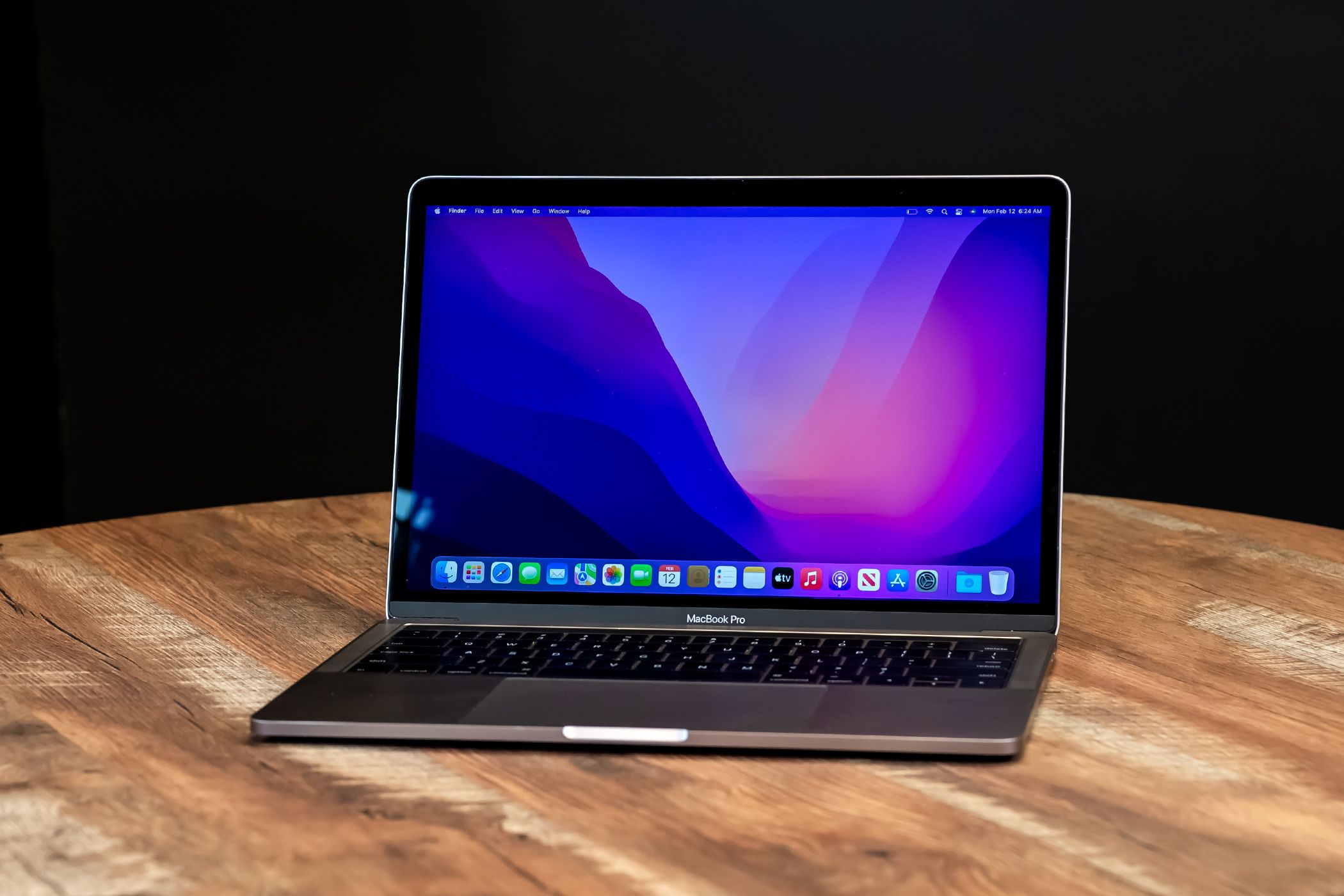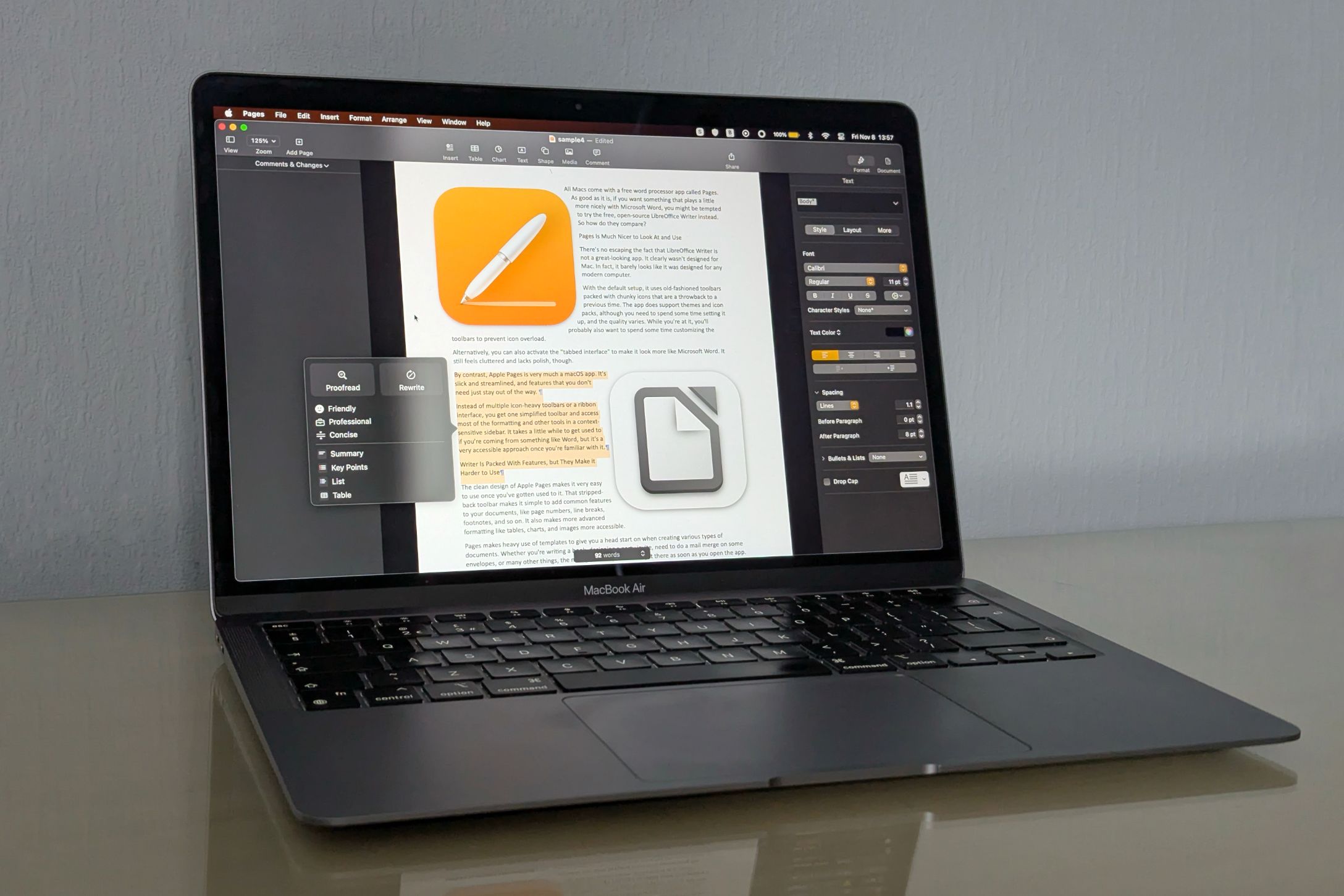One More Thing: The New MacBook Pro Has an Upgraded Display
MacBook Pro
The new MacBook Pro range was announced recently, but aside from the new M4 chips, they weren’t really shown as a groundbreaking upgrade from their predecessors. They didn’t even get their own keynote. As it turns out, these laptops do, in fact, have a massive new improvement—the display.
Apple gave the new MacBook Pro range a huge display upgrade and, uncharacteristically, didn’t brag about it during the laptops’ announcement. While the M4 MacBook Pro retains the mini-LED backlighting technology seen in previous releases, Apple has also added a layer of quantum dots to the display stack. This seemingly minor change brings about substantial improvements in color gamut and motion performance.
Quantum dots are featured in expensive TVs from Samsung and other popular brands. These microscopic phosphorescent crystals act as a light conversion layer between the backlight and the color filter. They absorb blue wavelengths from the LED backlight, which then combines with red and green light from the quantum dots to produce white light. This process allows for a wider range of colors, more accurate color reproduction compared to traditional LCD displays, and, of course, more brightness. We have a whole post dedicated to explaining quantum dot display technology, and you should definitely read through it if you want to know more.
Previously, Apple employed KSF phosphor powder to achieve a wider color gamut in its MacBook Pro displays. However, quantum dots offer superior color consistency and accuracy, and the ultimate result here is a more visually appealing and true-to-life image. This upgrade is particularly noteworthy because Apple has not increased the price of the M4 MacBook Pro to accommodate this new technology. Whether you opt for the standard display or the nano-texture option, you’ll benefit from the enhanced color performance of quantum dots.
How much of an upgrade are quantum dots for MacBook displays, really? According to a graph shared by display analyst Ross Young, the M4 MacBook Pro has a noticeably wider color gamut compared to previous models. This will be a great improvement if you happen to watch a lot of media, especially HDR video, on your laptop. The MacBooks already had great, color-accurate displays, and now they’ve become even better.
In addition to the improved color gamut, quantum dots enhance motion performance. Ross Young notes that the M4 MacBook Pro exhibits faster response times and reduced motion blur compared to previous models, resulting in smoother, more fluid visuals, especially noticeable in fast-paced content like videos and games.
This implementation does raise a few questions. Why wait so long if companies like Samsung have been using quantum dots on their TVs for years? In short, it’s probably cadmium. Apple’s decision to wait before implementing QD technology was likely due to concerns about efficiency and the presence of cadmium in earlier generations of QD films. Cadmium is a toxic heavy metal with potential health and environmental risks. The company seemingly passed on implementing quantum dot as early as 2015 for this very reason. With cadmium-free displays being a thing now, Apple has opted to embrace them at long last.

Apple MacBook Pro (14-Inch, M4)
Powered by an impressive M4 chip, the 14-inch MacBook Pro starts with 16GB RAM, 512GB SSD, a 10-core CPU, and a 10-core GPU, available in Space Black or Silver.
And if it’s such a big upgrade, why did Apple not list it during M4 MacBook Pro announcement? We don’t have to answer to that one, and we also think it’s weird—Apple is known for bragging and over-hyping every little improvement it makes to its devices. We’re not sure whether it was an oversight from the company, or if it didn’t think that quantum dot was noteworthy enough to hype out.
What we do know is that if you buy an M4 MacBook Pro, you can expect it to have a more colorful and true-to-life display.
Source: Ross Young (Twitter), 9to5Mac, Digital Trends
















